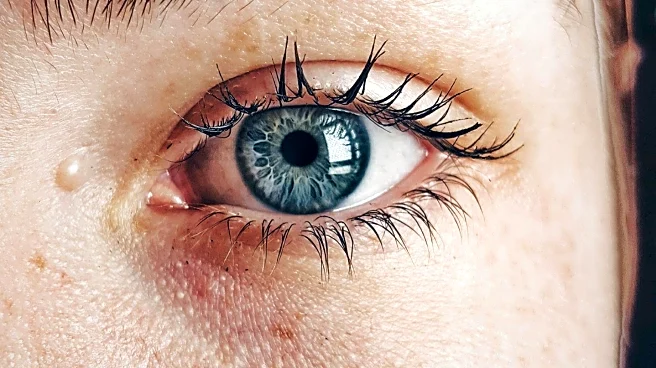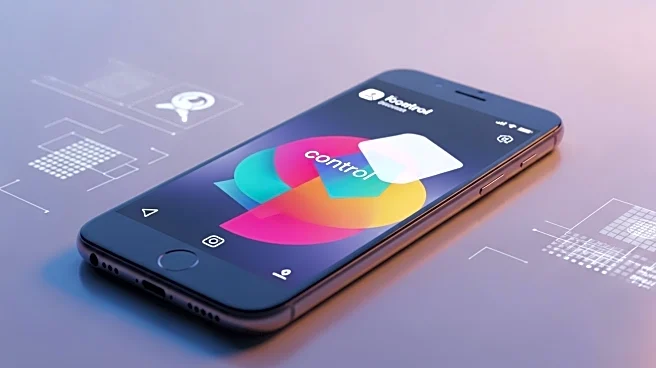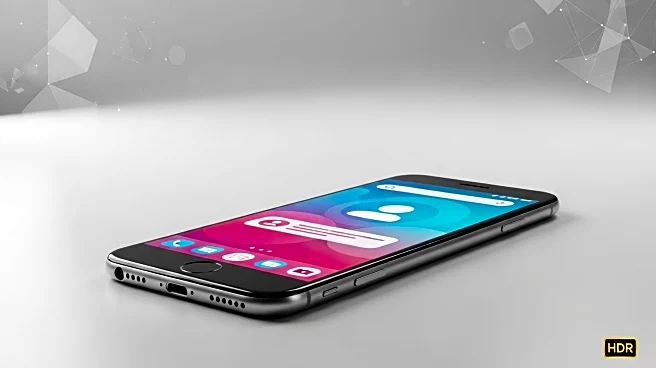What is the story about?
What's Happening?
Today's teenagers are spending an average of over seven hours daily on screens, with a significant portion dedicated to social media. This behavior is not accidental but rather a result of deliberate design by modern applications like TikTok, Instagram, and Snapchat, which utilize behavioral psychology to keep users engaged. These platforms act as attention laboratories, employing techniques such as unexpected rewards to maintain user interest. The phenomenon of FOMO, or fear of missing out, further exacerbates this issue, compelling teenagers to remain connected to avoid missing social interactions or updates. Critics argue that this is not merely a matter of self-discipline but a systemic issue where devices are intentionally designed to be addictive.
Why It's Important?
The pervasive use of digital devices among teenagers has significant implications for their social development and mental health. As these devices become integral to their social connections and identity, the challenge of managing screen time becomes more complex. The engineered addiction to screens can lead to issues such as decreased attention spans, increased anxiety, and social isolation. Understanding the intentional design behind these platforms is crucial for developing strategies to mitigate their impact. Promoting 'humane design' and implementing features like screen time restrictions and do-not-disturb modes can help protect users' attention and foster healthier digital habits.
AI Generated Content
Do you find this article useful?














